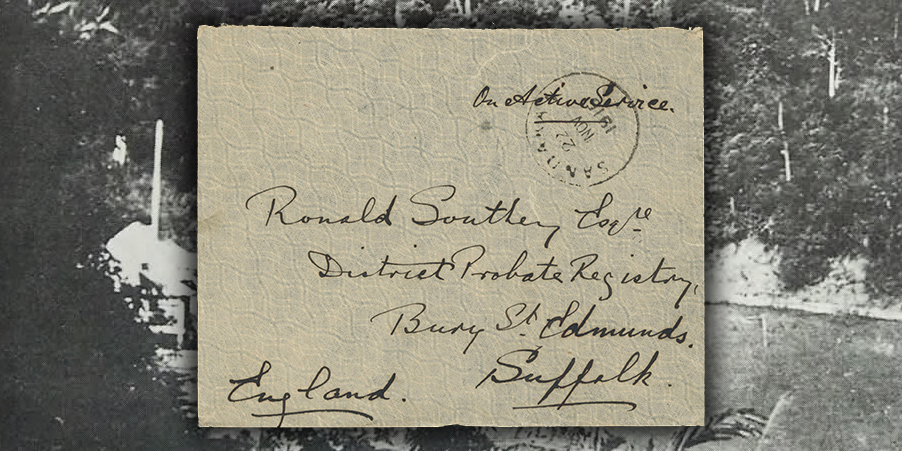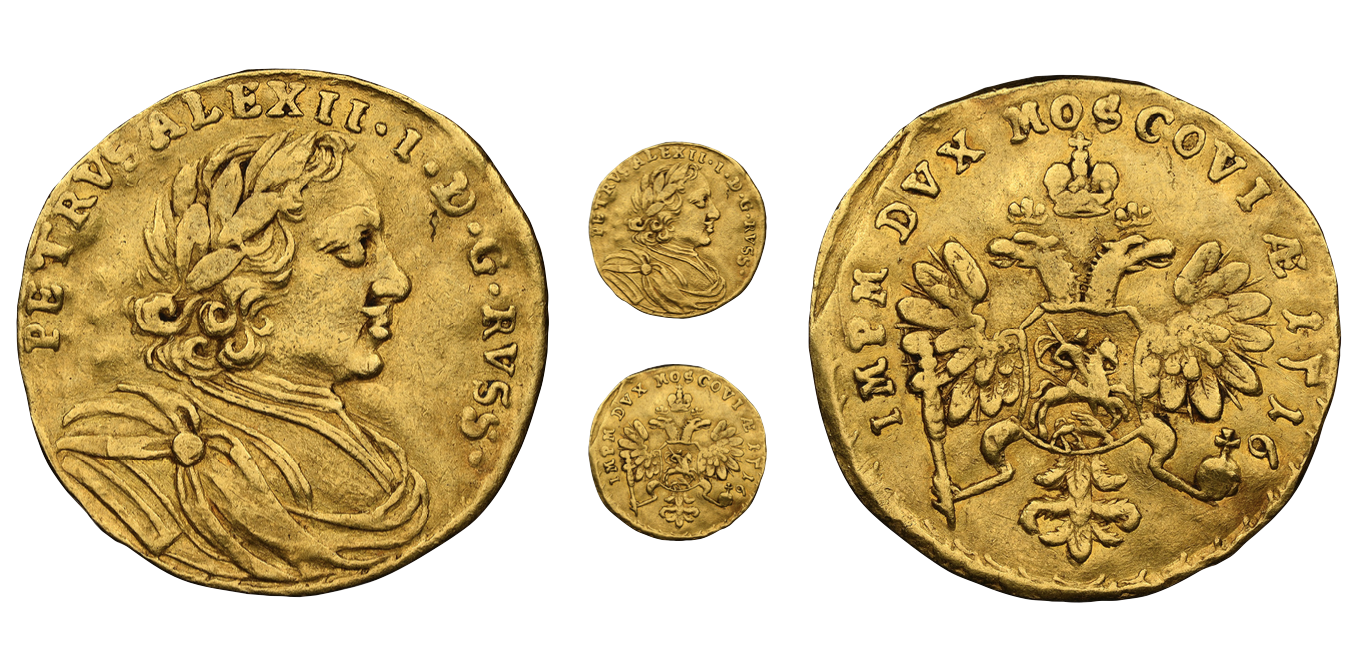Explore the fascinating history of live auctions and the significance of the gavel in the auctioneering world.
The Origins of Live Auctions
Live auctions have a rich history dating back to ancient civilizations. In fact, the practice of auctioning goods can be traced back to ancient Greece and Rome. These early auctions were often held in public spaces and served as a means for individuals to buy and sell a wide variety of items, including livestock, land, and even slaves. The concept of bidding on items and selling them to the highest bidder has remained a fundamental aspect of live auctions throughout history.
As time went on, live auctions became more formalized and organized. In the Middle Ages, auctions were often conducted by town criers who would announce the items up for sale and facilitate the bidding process. These auctions were typically held in town squares and attracted a large audience. Live auctions continued to evolve over the centuries, with the introduction of auction houses and professional auctioneers.
Overall, the origins of live auctions can be traced back to ancient civilizations, where the practice of buying and selling goods to the highest bidder emerged as a popular method of exchange. Today, live auctions continue to thrive and play a significant role in the global marketplace.
Evolution of Auction Practices
Throughout history, auction practices have evolved to meet the changing needs and demands of buyers and sellers. In the early days, auctions were often chaotic and informal, with individuals shouting their bids and the auctioneer trying to keep track of the highest offer. However, as auctions became more popular and the value of goods being sold increased, a more structured approach was needed.
One significant development in auction practices was the introduction of the auction catalogue. This allowed potential buyers to preview the items up for sale and make informed decisions about their bids. Auction houses also started to specialize in specific types of goods, such as art, antiques, or real estate, attracting a targeted audience of collectors and enthusiasts.
Another important evolution in auction practices was the use of technology. With the advent of the internet, online auctions became increasingly popular. This allowed buyers from around the world to participate in auctions without physically attending the event. Online auctions also introduced new bidding formats, such as timed auctions or proxy bidding, which further expanded the possibilities for buyers and sellers.
Overall, the evolution of auction practices has transformed live auctions into highly organized and efficient events, catering to the diverse needs of buyers and sellers in the modern world.
The Role of the Gavel in Auctions
The gavel is a symbol of authority in the world of auctions. It is traditionally used by the auctioneer to announce the end of bidding on an item. The sound of the gavel striking the auction block signals the acceptance of the highest bid and the sale of the item.
The use of a gavel in auctions dates back to the 17th century. It was introduced as a way for the auctioneer to capture the attention of the bidders and maintain order during the bidding process. The distinctive sound created by the gavel striking the surface helped to command the attention of the audience and signify the official outcome of the auction.
Today, the gavel continues to be an essential tool for auctioneers, even though its practical use has diminished with the rise of online auctions. Nevertheless, the gavel remains a symbol of tradition, authority, and the excitement of live auctions.
Modern Trends in Live Auctions
In recent years, live auctions have adapted to embrace modern trends and cater to changing consumer preferences. One of the notable trends is the integration of technology into live auctions. Many auction houses now offer online bidding platforms, allowing buyers to participate remotely from anywhere in the world. This has significantly expanded the reach of live auctions and attracted a larger pool of potential buyers.
Furthermore, live auctions have become more experiential, with auction houses organizing special events and themed auctions to create a unique atmosphere. These events often feature live entertainment, food and drinks, and exclusive previews of the items up for sale. By offering a memorable experience, auction houses aim to attract a wider audience and generate excitement around the auction.
Another trend in live auctions is the diversification of auction categories. Auction houses are now catering to a wide range of interests, including niche markets such as sports memorabilia, vintage fashion, and rare books. This allows collectors and enthusiasts to find unique items that align with their passions and interests.
Overall, modern trends in live auctions reflect the industry's ability to adapt and innovate, ensuring that live auctions remain a relevant and exciting method of buying and selling valuable items.





